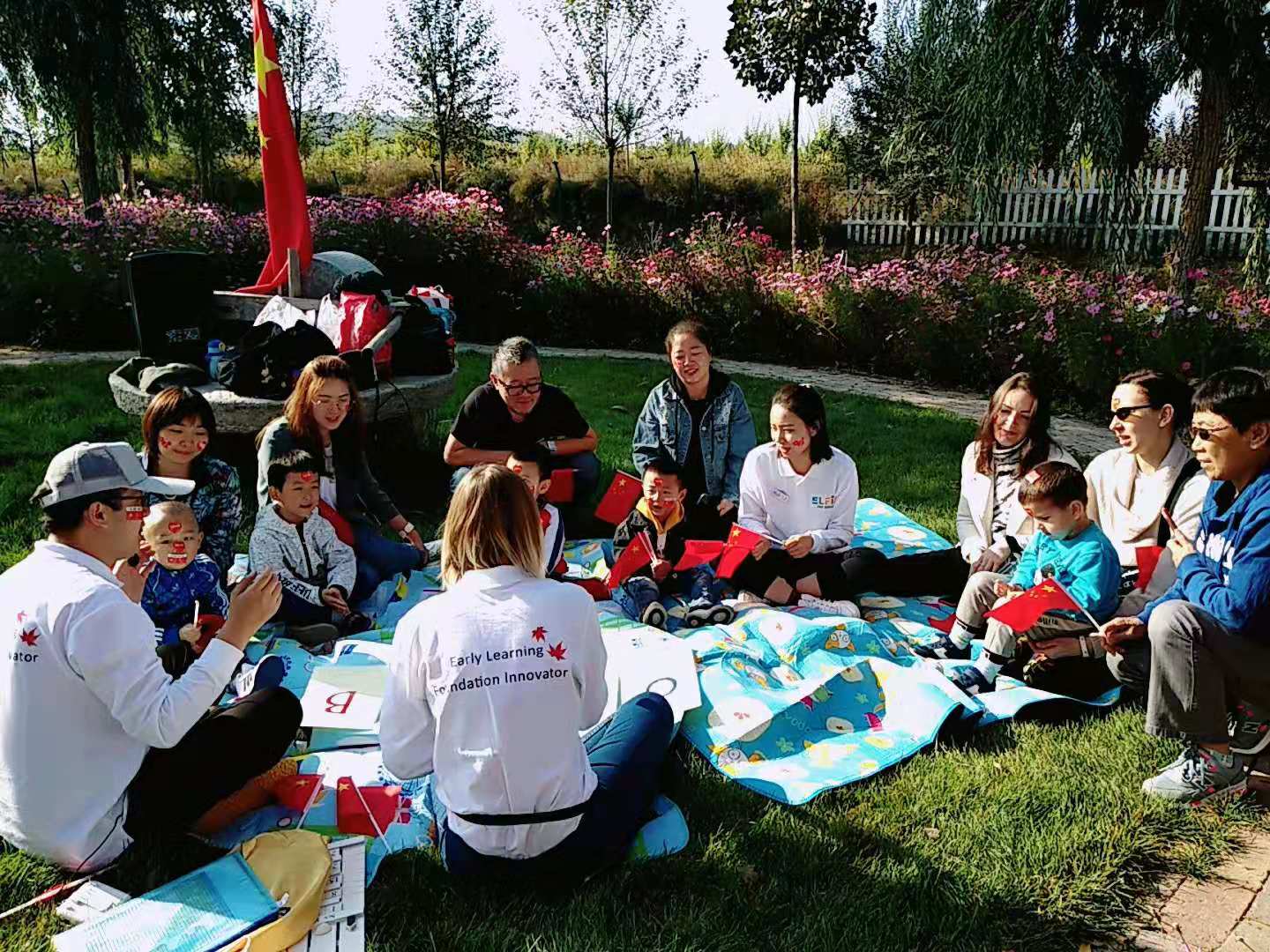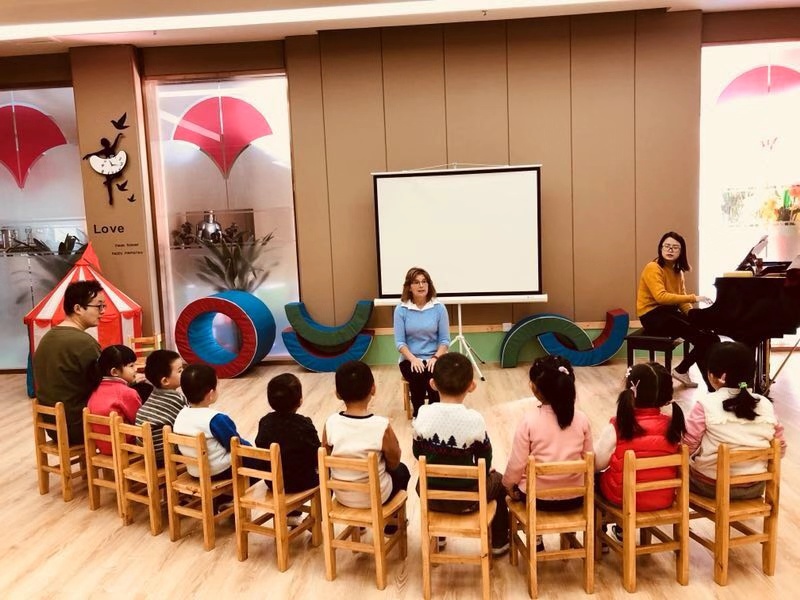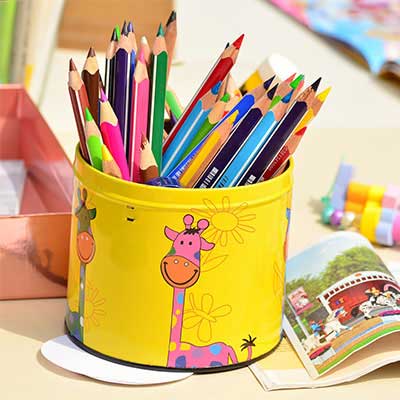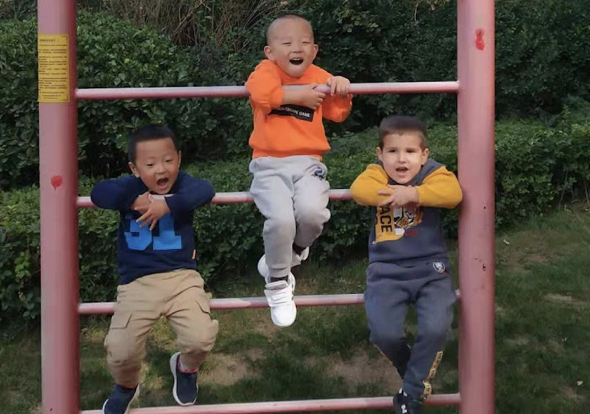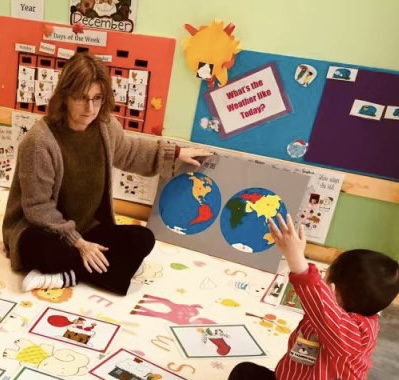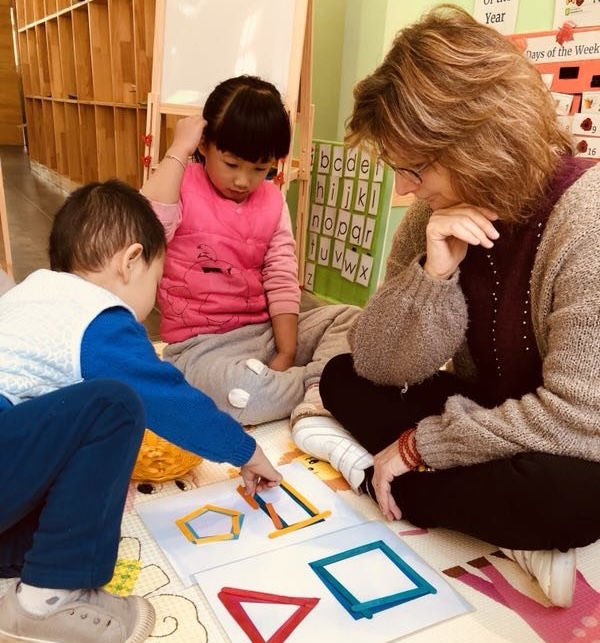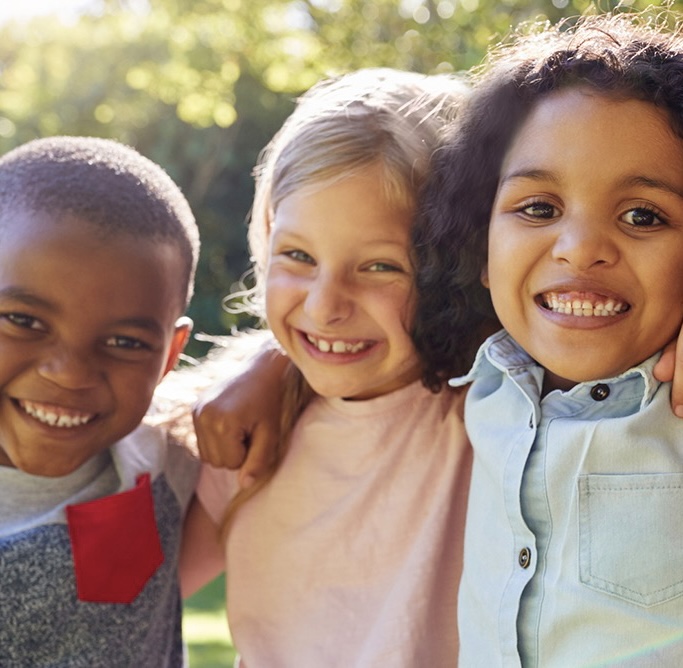Theoretical Basis
6 Education Theoretical Basis
The goal of ELFi is not only to open a daycare, but to achieve an educational ideal.
We know that early education is vital to a person's life.
We hope that every child in ELFi will receive the foremost education during their golden development period.
A child who is ill educated is farther from wisdom than a child who is uneducated.
ELFi absorbs the world's six most advanced educational theories and approaches
as the foundation of our teaching system:
1. Reggio Emilia
The popular Reggio Emilia approach is a widespread method in Western countries. It is an educational philosophy focused on preschool and primary education. It relies on a pedagogy described as student-centred and constructivist, using self-directed, experiential learning in relationship-driven environments.
Children are the main initiators of the learning process. Through careful observation of their interests outlines how their education or learning process begins. Children are collaborators and learn through close interaction with teachers, parents, other children in the centre, and their community.
Children are natural communicators and should be encouraged to communicate through any possible means.
The classroom acts as the ‘third teacher’. It stands as a ‘living organism, a place of shared relationships, and a feeling of belonging in a animated world, feeling welcome and authentic. Parents and teachers are partners, nurturers, and guides who facilitate the exploration of the children’s interests as they work on short-term and long-term projects.
Documentation (pedagogical narration) is a critical component of communication.
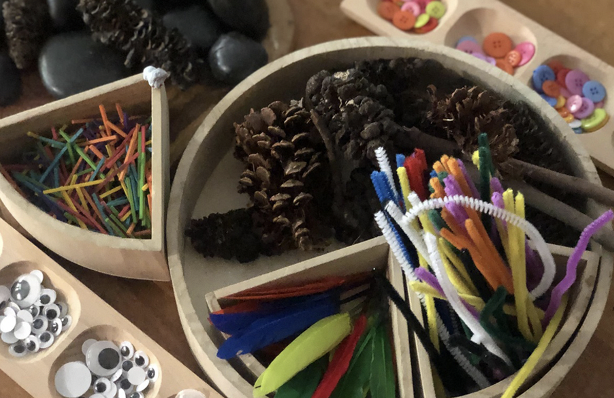
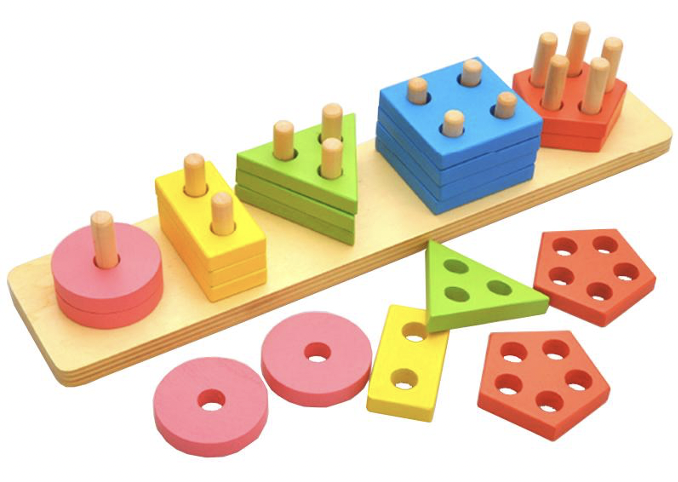
2. Montessori
The Montessori Method of Education, developed by Maria Montessori, is a child-centred educational approach based on scientific observations of children. Montessori's method has been used for over a 100 years in many parts of the world.
Montessori Method aims to cultivate a joyful, enduring love of learning through a provision of a warm, inviting, and enriching classroom.
Teaches independence, responsibility, and self-discipline, using the applications of critical thinking, hands-on, and individualized activities.
Fosters respect for self, others, the world, and the environment through emphasizing, teaching, and modelling the qualities of peacefulness, social grace, and courtesy.
Instills a sense of community through educational activities and where other members of the community can serve as role models.
3. Holistic Education
Holistic education, a relatively new movement, began taking form as an identifiable area of study and practice in the mid-1980s North America.
Encompasses all aspects of development: physical, psychological, social-emotional, as well as core academics.
Employs hands-on learning that teaches critical thinking, a love of learning, conflict resolution, character formation, manners, empathy, and creativity.
Engages students in the teaching/learning process by encouraging personal and collective responsibility while instilling an intrinsic reverence for life.
Places significance on relationships and primary human values within the learning environment.
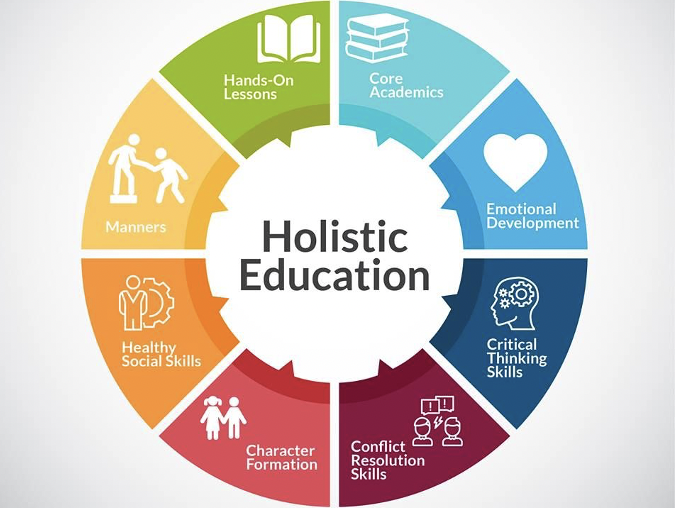
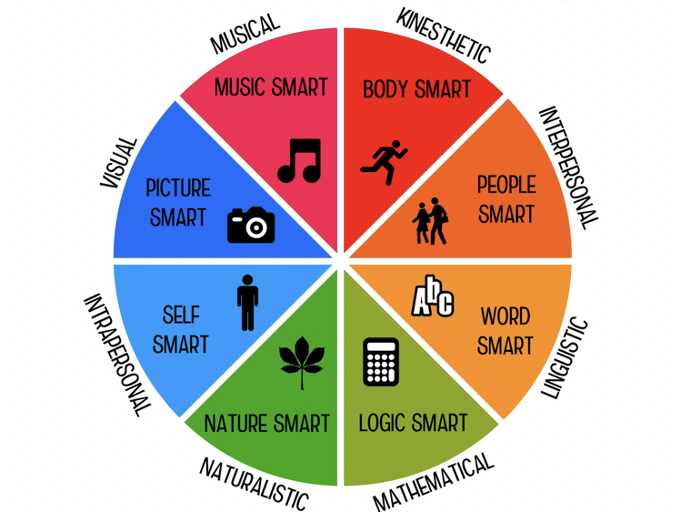
4. Multiple Intelligences
The theory of multiple intelligences differentiates human intelligence into specific 'modalities', rather than seeing intelligence as dominated by a single general ability. Professor Howard Gardner proposed this model and theory. He believes that a child can be ‘smart’ in many ways:
Verbal-linguistic intelligence (well-developed verbal skills and sensitivity to the sounds, meanings, and rhythms of words)
Logical-mathematical intelligence (ability to think conceptually and abstractly, and capacity to discern logical and numerical patterns)
Spatial-visual intelligence (capacity to think in images and pictures, to visualize accurately and abstractly)
Bodily-kinesthetic intelligence (ability to control one’s body movements and to handle objects skillfully)
Musical intelligence (ability to produce and appreciate rhythm, pitch, and timber)
Interpersonal intelligence (capacity to detect and respond appropriately to the moods, motivations, and desires of others)
Interpersonal (capacity to be self-aware and in tune with feelings, values, beliefs and thinking processes)
Naturalist intelligence (ability to recognize and categorize plants, animals, and other objects in nature)
Existential intelligence (sensitivity and capacity to tackle deep questions about human existence such as, “What is the meaning of life? Why do we die? How did we get here?”)
This belief promotes the fact that every child is unique.
Teachers are to recognize this uniqueness and help the child to achieve their potential through an environment with activities and experiences which encompass the different forms of intelligence. This is accomplished as a goal to help a child reach their highest potential.
5. Growth Mindset
A “fixed mindset” , on one hand, assumes that our character, intelligence, and creative ability are static, given that we can’t change in any meaningful way, therefore, success is the affirmation of an inherent intelligence.
A “growth mindset,” on the other hand, thrives on challenges and sees failure not as evidence of unintelligence, but as a heartening springboard for growth and for expanding our existing abilities.
Out of these two mindsets, which we manifest from a very early age, springs a great deal of our behaviour. From that stems our relationship with success and failure in both professional and personal contexts, and ultimately our capacity for happiness.
Our efforts and acquired behaviours are crucial in a growth mindset. Instilling this idea will build an optimistic attitude, confidence and positive values that will last for a lifetime.
Growth mindset changes our beliefs of what we can be accomplished and usher an influential impact on our learning process. It creates a powerful passion for learning in students, rather than just performing well.
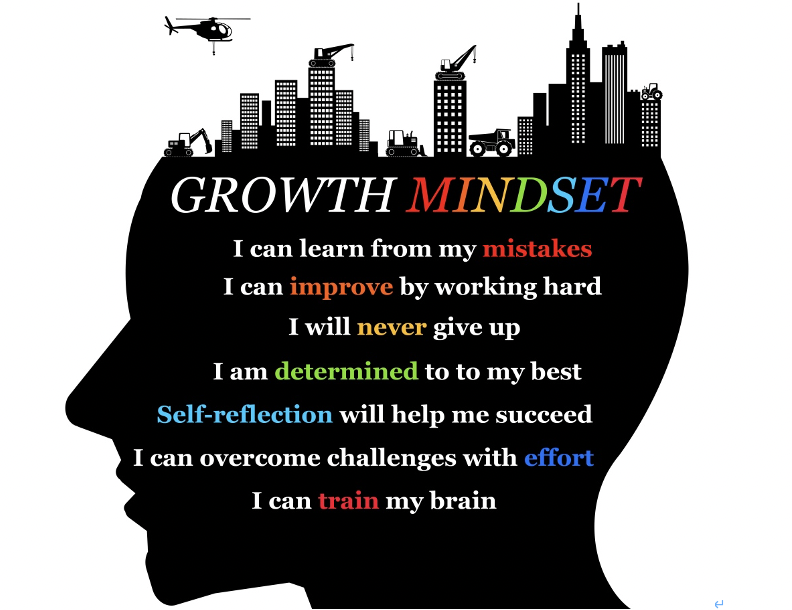
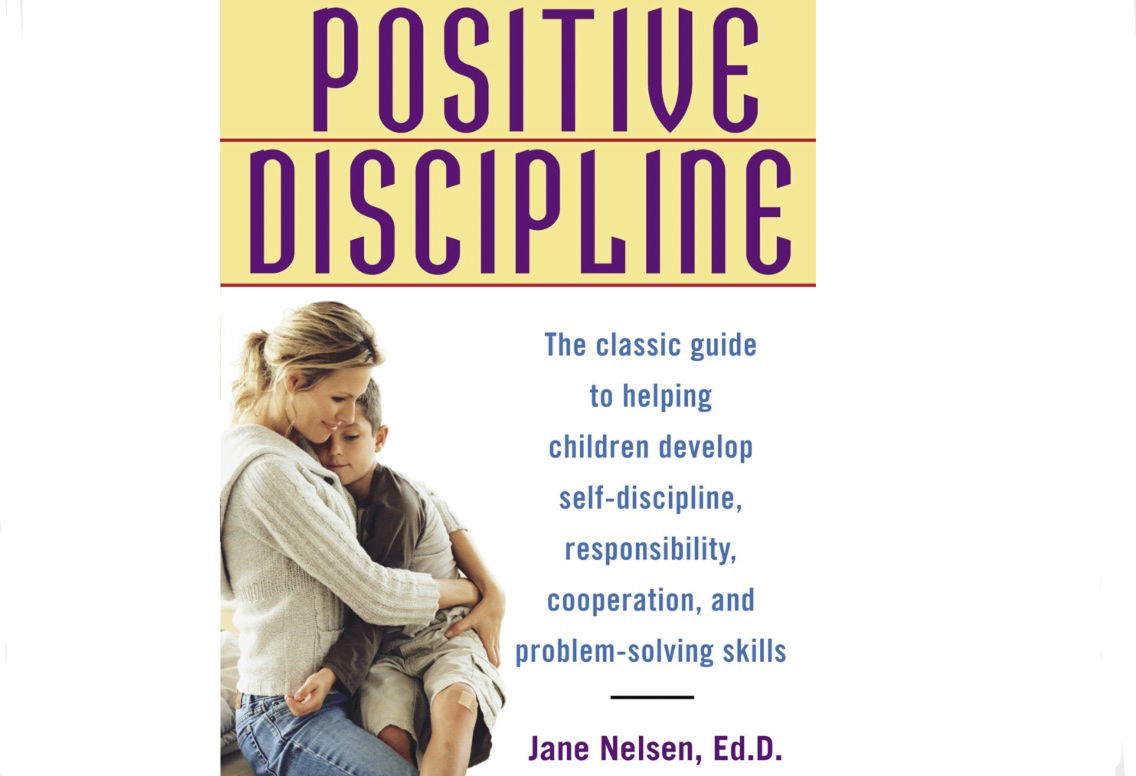
6. Positive Discipline
Positive Discipline is a discipline model used by schools and in parenting that focuses on the positive points of behaviour. It is based on the idea that there are no bad children, just good and bad behaviours. Good behaviour can be taught and reinforced while weaning out bad behaviours all the while avoiding any hurting the child, verbally or physically.
People engaging in positive discipline are not ignoring problems. Rather, they are actively involved in helping the child learn how to handle situations more appropriately while remaining calm, friendly, and respectful.
Promotes mutual respect between caregivers and children.
Identifying the need or belief behind the behaviour. Effective discipline recognizes the reasons children do what they do and work to change those beliefs or meet the unmet need, rather than merely attempting to change behaviour.
Effective communication and problem-solving skills. Focusing on solutions instead of punishment.People engaging in positive discipline are not ignoring problems. Rather, they are actively involved in helping the child learn how to handle situations more appropriately while remaining calm, friendly, and respectful.
Encouragement (instead of praise). Encouragement notices effort and improvement, not just success, and builds long-term self-esteem and empowerment. Positive Discipline is a discipline model used by schools and in parenting that focuses on the positive points of behaviour. It is based on the idea that there are no bad children, just good and bad behaviours. Good behaviour can be taught and reinforced while weaning out bad behaviours all the while avoiding any hurting the child, verbally or physically.
